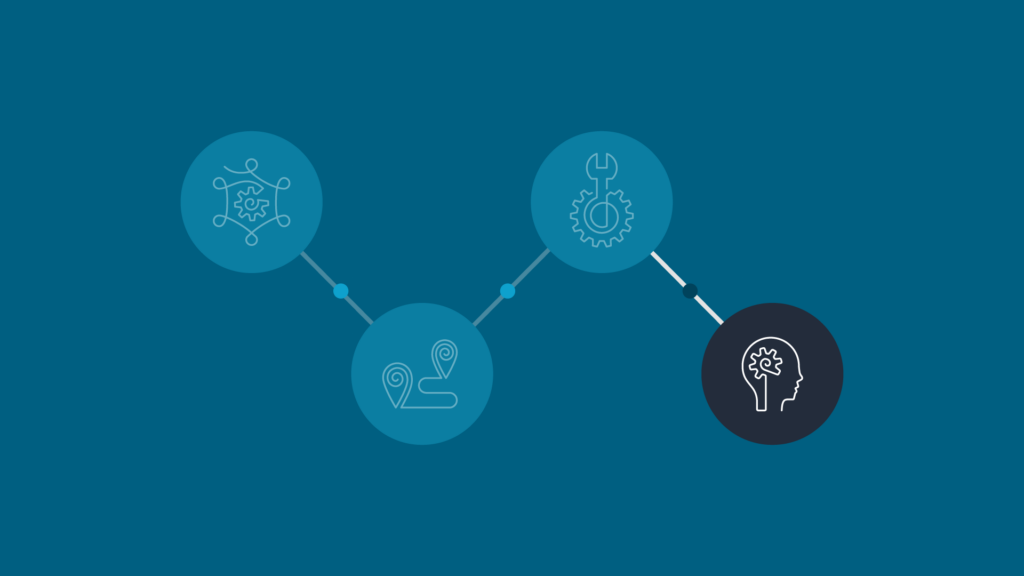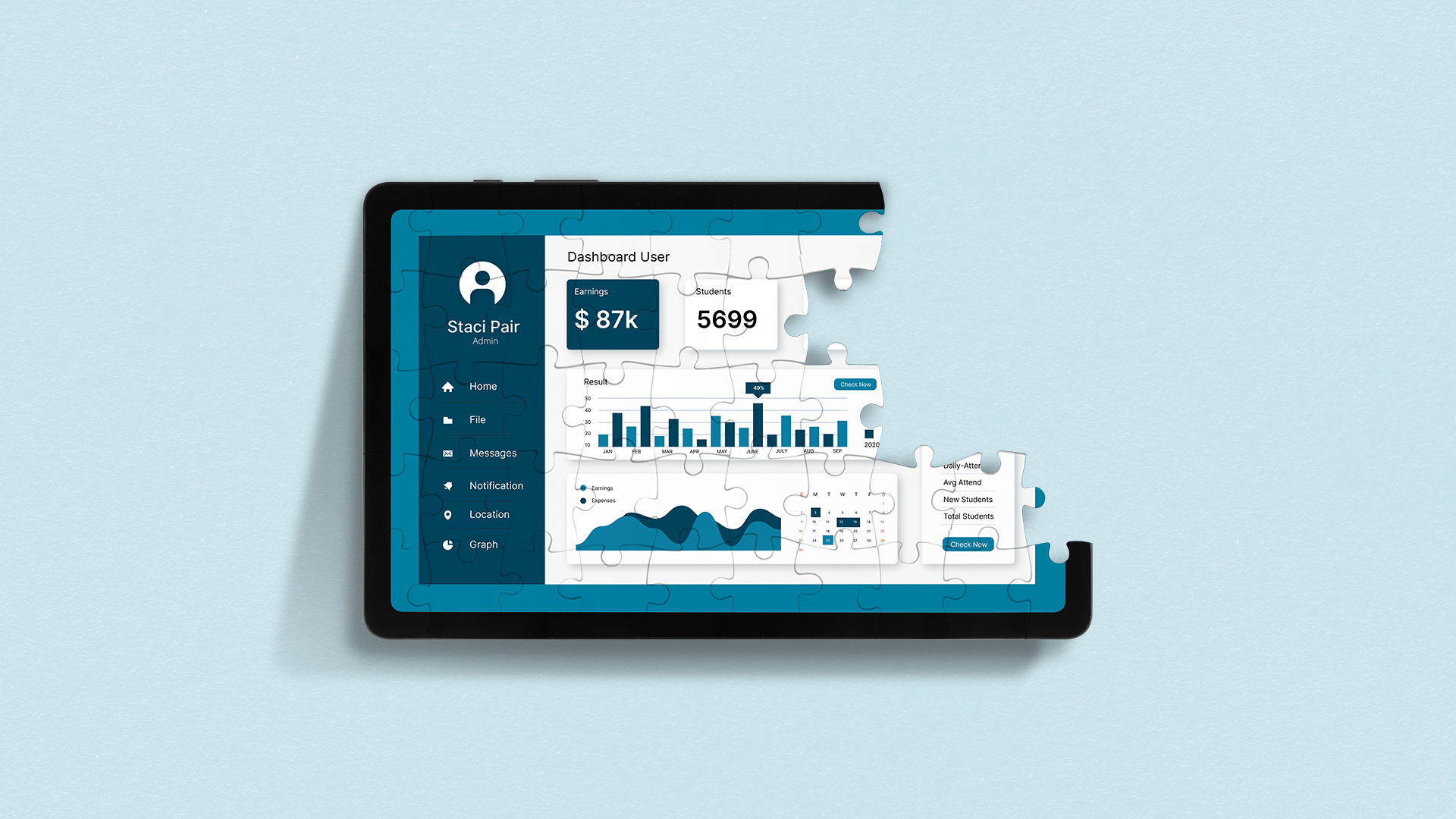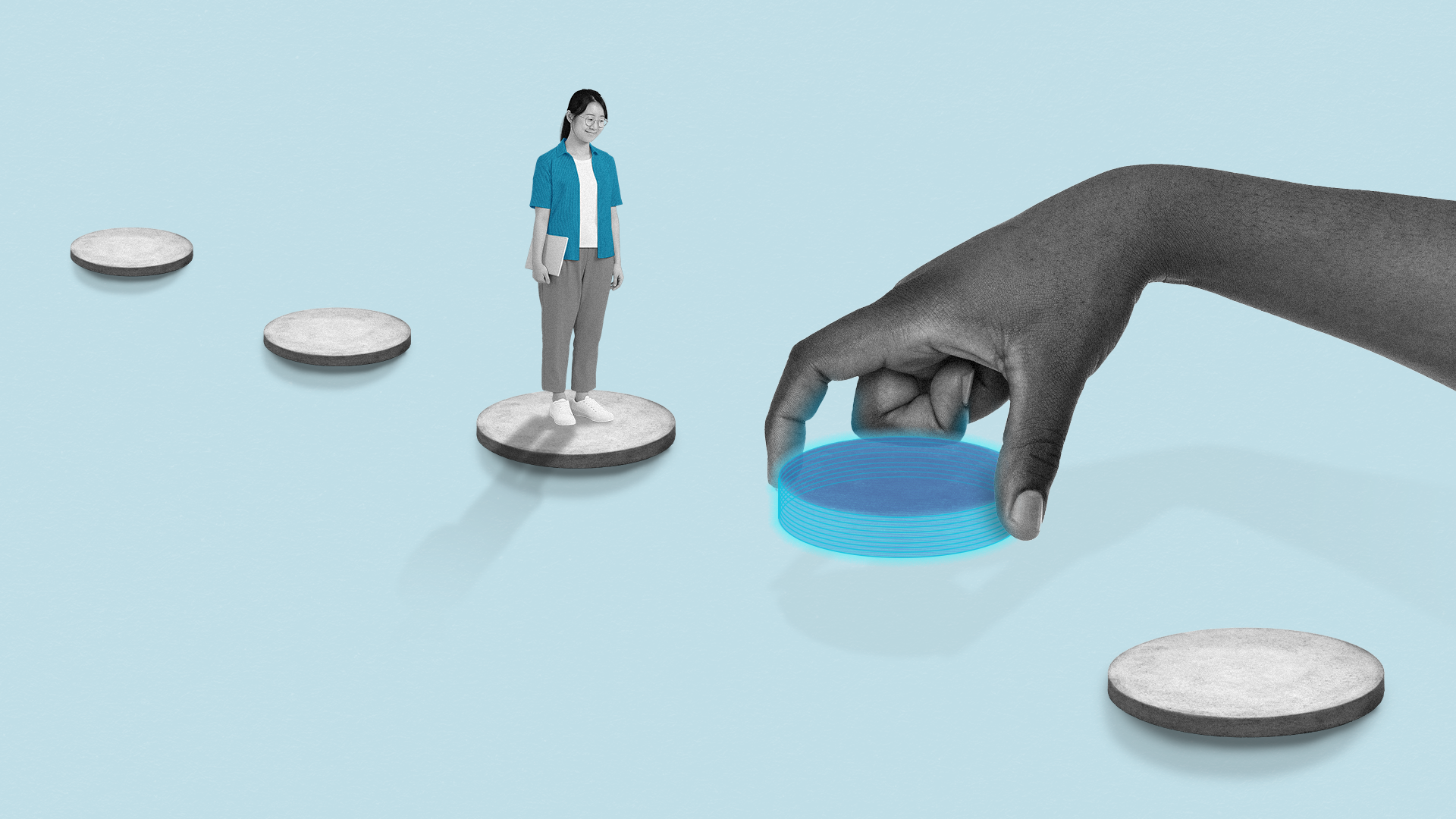- Video 1: Introduction to Our Five-Part Video Series
- Video 2: Using Student Experience to Drive Tech Decisions
- Video 3: Three Smart Ways to Improve Tech in Higher Ed Without Overhauling Your Infrastructure
- Video 4: How AI Can Transform Higher Education by Putting People First
- Video 5: How Incremental Change Will Revolutionize Higher Education
Regina Law wraps up this series discussing how intentional evolutions in technology can create meaningful, lasting impact for universities. Technology is changing how we interact with the world faster than ever. But in higher education, embracing that change doesn’t have to mean massive overhauls. Innovation doesn’t have to be overwhelming. By focusing on human-centered approaches, universities can use technology to connect more deeply with students and staff while achieving strategic goals.
Watch Video 5: How Incremental Change Will Revolutionize Higher EducationRegina Law is the Vice President of Partnership Development, Technology at Noodle with a unique background. Coming from higher education and strategic planning rather than programming, she understands firsthand the specific needs and challenges faced by universities.
Innovation Starts Small
Adopting new technology can feel daunting, especially when change often feels like something happening to us. But a human-centered approach reframes technology as a tool to make us better at what we do—connecting with students, improving operations, and building stronger teams. Real innovation doesn’t have to be a revolution. Instead, small, incremental changes allow institutions to test, adapt, and learn over time, building confidence and support for larger shifts in the future.
These small steps also create a culture of innovation, encouraging teams to embrace discomfort as part of growth. Whether it’s improving how current systems are used or exploring new tools, these incremental changes add up to transformative results.
Technology That Supports, Not Dictates
Technology in higher education should enhance operations and elevate experiences without drawing attention to itself. For staff, technology should streamline workflows and make operations more efficient. For students, it should create seamless, personalized experiences that deepen satisfaction and strengthen the university’s brand.
By helping administrators do their jobs better and students feel supported, technology becomes a mechanism for connection and success—not a barrier.
Collaboration Fuels Innovation
Building a culture of innovation doesn’t happen by accident. Leaders must create an environment where teams have the freedom to explore, test ideas, and even fail. This intentional approach builds trust and momentum, empowering staff to find solutions that align with institutional goals.
Higher education is not a zero-sum game. By sharing best practices and evolving together, universities can amplify their collective impact, working together to create better learning experiences for future generations and shape the broader direction of the industry.
The Opportunity Ahead
Now is the time for higher education leaders to embrace the opportunity to innovate. By leveraging technology as a tool for connection and strategic growth, universities can take small steps today that lead to big changes tomorrow. These evolutions will not only improve the student experience but also help institutions work more effectively and collaboratively.
Technology should enable—not dictate—your university’s vision. By focusing on incremental improvements and fostering a culture of innovation, you can create lasting, positive change for your institution and beyond. Together, these small evolutions will revolutionize higher education for the better.



